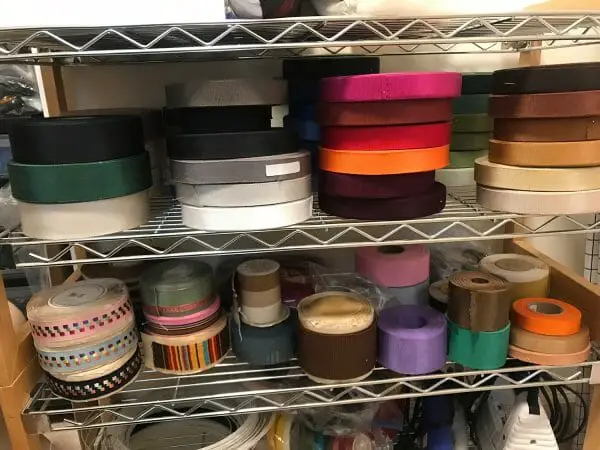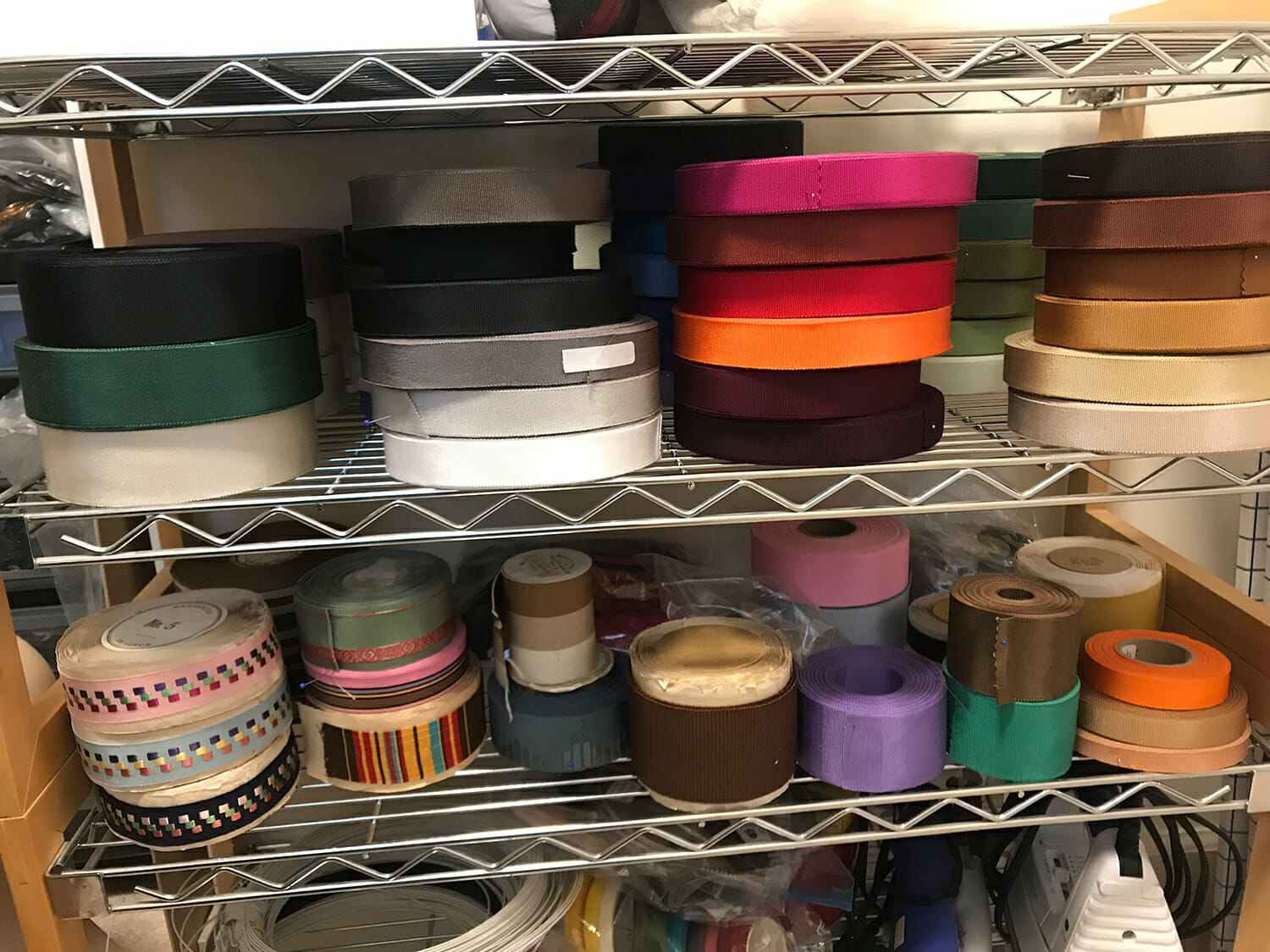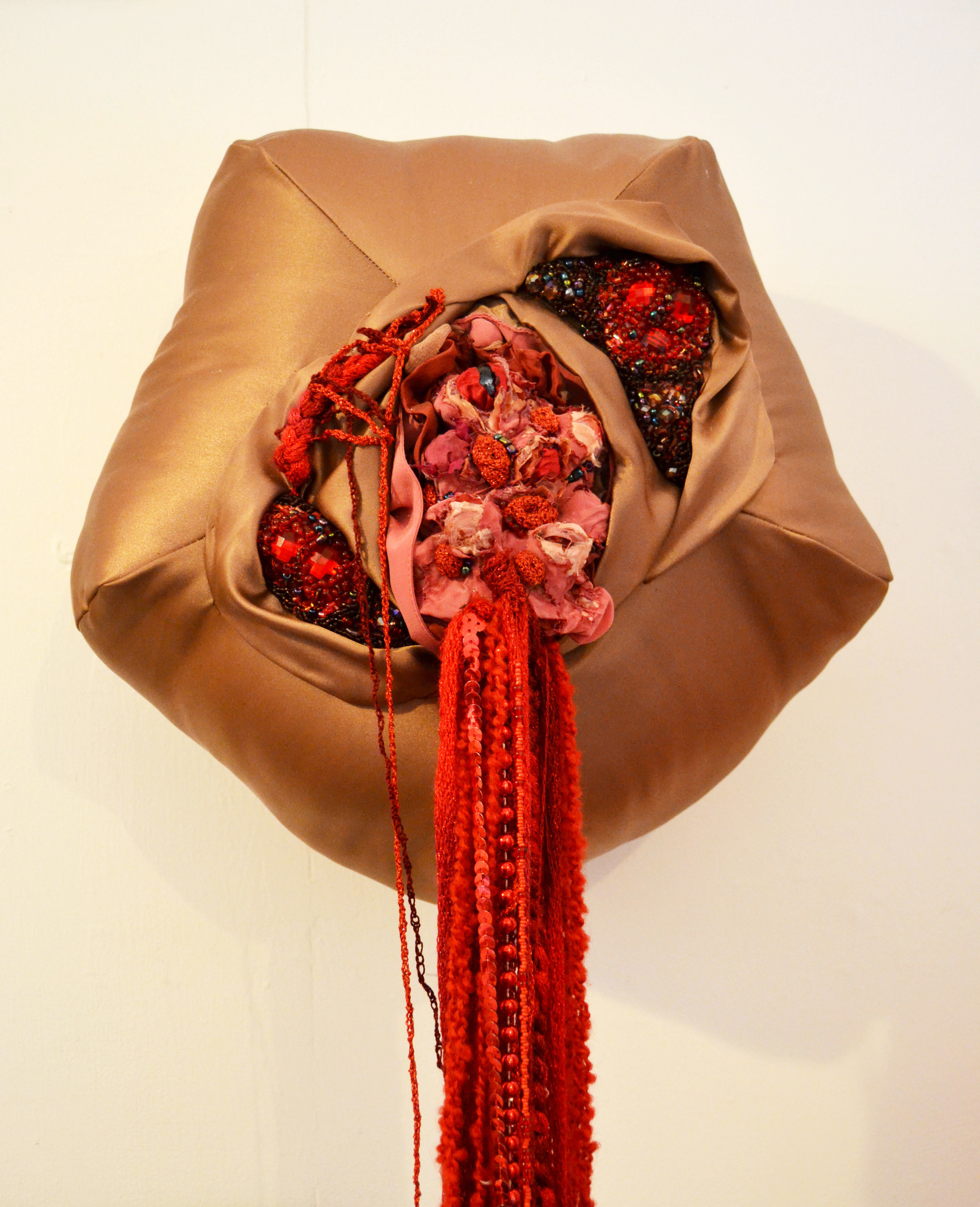
Any worthy artist will tell you: Learning never ends. Whether self-taught or formally trained for a foundation, there are always opportunities to learn more, to discover new techniques, to refine a process.
I’ve learned a ton about hat-making in my time as a milliner. And most of those things are slow progressions from taking the time to learn them. Those things can’t be rushed or forced.
But if I could go back in time to my new milliner self, here are a couple things I would tell her right away:
A forecast of prices.
Forget the stock market. A decent return on your investment would be hoarding millinery supplies for a few years and then reselling them at a profit. Okay, I’m kind of joking, but I wish I had known how the prices on some things would skyrocket.
An example: I bought a parasisal straw hood in 2012 for $25 (plus shipping). Today, that same straw would cost almost $37 (plus shipping) from the same supplier. That’s almost a 50% cost increase!
I don’t blame the supplier. The craft of weaving straw is dying out. There are fewer weavers now, and the weaves are less fine. (That means the quality has decreased as the price has increased!) If I could go back in time, I’d tell myself to stock up on parasisal in 2012.
Felts and other materials have also gone up in price dramatically. One milliner I know found a price sheet from when she was studying 15 years ago, and the prices were 1/3 or 1/4 of what they are today!
Millinery grosgrain ribbon has also shot up in price (and some color options have become unavailable) as the last mill in the U.S. has closed. Fortunately, I was aware of the pricing trends, so I stocked up on a variety of colors from suppliers and a destashing milliner.

In the past few years I’ve learned my lesson, which has led to an addiction to buying supplies if I know the prices won’t come around again. Mostly that has meant buying a couple pieces here and there from a milliner who is destashing. A few times it has been from a vintage seller on Etsy or eBay who doesn’t know the value of felt hat bodies and way underprices them!
Recently, U.S. milliner Louise Green has announced her retirement and has been offering up materials for sale in the “Milliners’ Exchange” Facebook group, which is where many milliners sell supplies or hat blocks they don’t need. Louise’s offerings aren’t exactly inexpensive — because they’re being sold by the dozen or so, rather than by the piece. But they are a fabulous deal for the new milliner, so keep your eyes peeled for those bargains!
If I’m buying more than I will use, I’m not worried. I can always offer them up for sale to another milliner.
Buy a postal scale.
It sounds like boring advice. But my first few years as a milliner, I’d pack up a hat for a customer, print out the address and stick it on the box … and then go to the post office and ask how much it weighed and what the price would be. It’s so much easier now that I can weigh boxes and print postage in my (home) studio. Not even remotely related to millinery itself, but it was a real game-changer.
What else to buy … or not buy.
I’ve recently been going through all my supplies and entering them into a supply-tracking database for inventory. Some purchases make me say, “Oh, I’m so glad I bought that ribbon! What a great price and such quality vintage ribbon!”
Other supplies make me smack my forehead and wish I had known better a few years ago, as I’ve spent money on some supplies I likely won’t use and other supplies that were way overpriced for what they are.
And finally…
There’s no shame in making it up or making do!
In fact, be proud! Milliners are absolute masters at making supplies and equipment work for them! I have never known anything like the creativity of a milliner for being able to transform materials or use equipment in a non-traditional way!
The easiest way to make a hat is to have a block for that exact size and shape. But even top milliners with dozens of blocks sometimes don’t have the exact shape. So they’ll use brims upside-down or sideways. They’ll cut felt to the exact shape they want. They’ll add shape details with rope before blocking. They’ll make their own shapes out of foam.
Or they’ll make inexpensive straws and cheap trimmings look like a million bucks!
“Oh, if I were a top-tier fancy milliner, I would have all the blocks and the fanciest supplies!” new milliner me thought.
Maybe. But I’ve learned that when it comes down to it, creativity and figuring out innovative ways to make things work trumps all!



